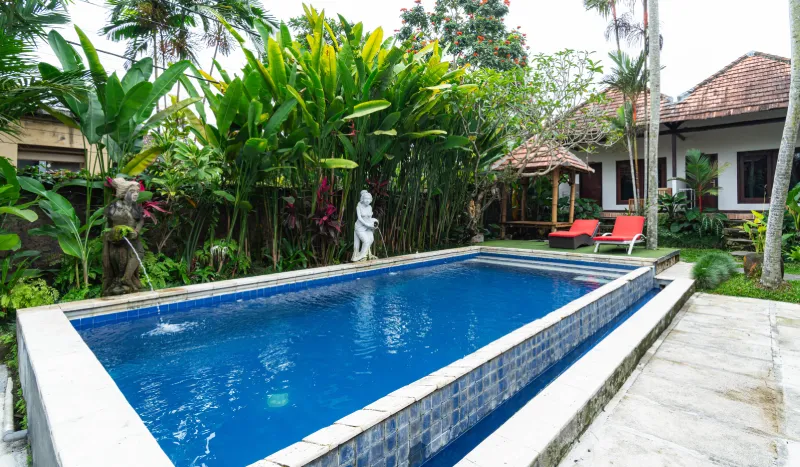Kundalini Yoga is a spiritual practice that incorporates movement, breathwork, meditation, and chanting to awaken and cultivate inner energy and consciousness.


Menu
Multi-Style YTTC
Kundalini YTTC
Other YTTC
Yoga Therapy & Wellness TTC
Retreats In Rishikesh
Multi-Style YTTC
Kundalini YTTC
Free Courses
Post TTC
Short Courses
Multi-Style YTTC
Special Courses
Short Courses
Online Multi-Style YTTC
Online Kundalini YTTC
Other Online Courses
Other Online Courses
Other Online Courses
YTTC In Nepal
Wellness, Therapy TTC
Healing Individual
Healing TTC
- Sound Healing Diploma
- Reiki Master Course
- Cacao Ceremony Course
- Pranic Healing Course
- Kundalini Reiki Course
- Holi Fire Reiki Course
Drop In & Workshops
Wellness Treatment Package
- Ayurveda Detox Package
- Weight Loss Package
- Panchakarma Treatment Package
- Rejuvenation & Detox Package
Retreat
Naturopathy Treatment
Vipasana













































